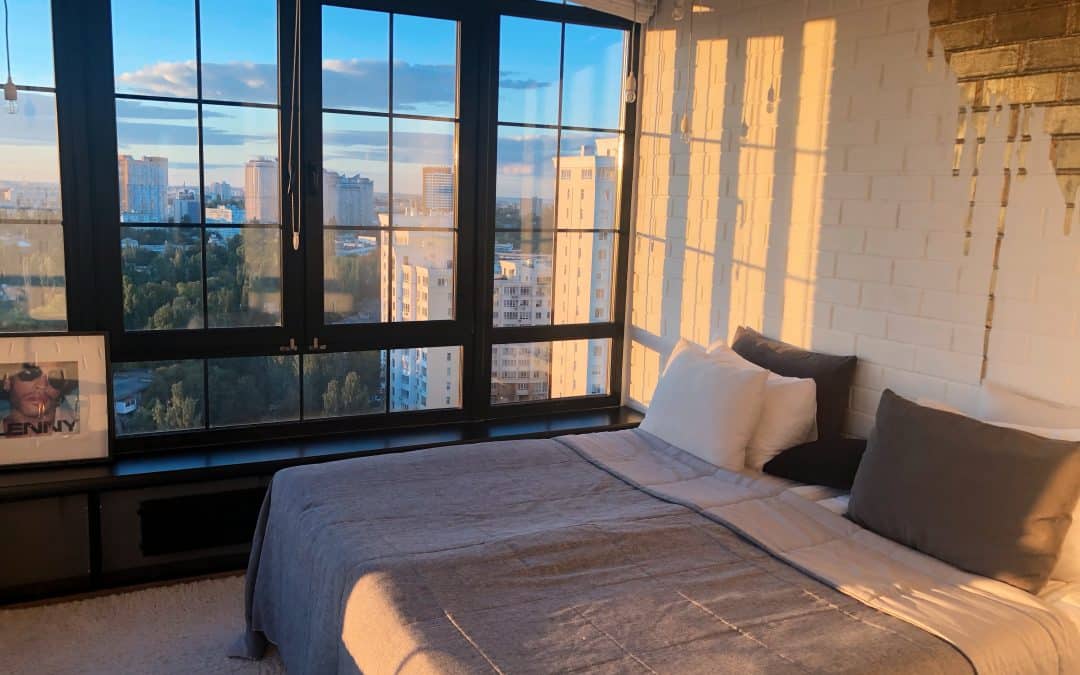You will need it to sell rooms – hotel distribution strategy. There’s more to it than connecting with a bunch of OTAs. It needs to bring results.
What is a hotel distribution strategy?
Hotel distribution strategy involves choosing a mix of channels through which the hotel will sell its rooms. Usually, this strategy entails promoting and selling rooms through online and offline channels.
Best hotel distribution strategies
Best hotel distribution strategies in the hotel industry are the ones that have a healthy mix of direct ways to sell rooms and collaborating with third parties. It’s important that the channels involved are profitable for hotels and that the cost of guest acquisition is lower than the profit they bring.
Here are some of the channels used by hotels:
1. Direct channels
This channel includes hotel websites, emails, phone reservations, and social media. Your direct reservations should be at the top of your mind. That’s because you have more control over the booking process and don’t need to pay commissions for every reservation.
Make sure the booking process is smooth and easy. The hotel website should be mobile-friendly, and your social media strategy should promote direct bookings.
2. Online Travel Agencies (OTA)
Online travel agencies are the booking platforms where a traveler can easily filter, find and book accommodations. Over the years selling on OTAs became a commodity. Small properties can easily reach the same guests as the big hotel chains like Marriott or Hilton.
Hotels often rely heavily on OTAs to sell their rooms. You rarely will find a hotel that isn’t on the big OTA like Booking or Expedia. While there’s nothing wrong with that, there should be a balance between third parties bookings and direct ones.
What’s more, it’s worth including in your strategy some niche channels –for example, BringFido for the pet-friendly accommodations.
3. Global Distribution Systems
Known in short as GDS, these are the systems used often by travel agencies to find and book hotels, flights, and rent a car. Working with GDS can bring you more visibility and find new partnerships. The well-known GDS are Sabre and Amadeus.
4. Metasearch engines
Metasearch engines include Google and TripAdvisor. These are the websites that search through the hundreds of OTAs and hotels to show the user a hotel listing with prices on different channels (below, you can see the example of the hotel search result on Google).
5. Tour operators
Tour operators usually work with hotels at discount rates. They create packages for travelers that include accommodation, flights, transfers, meals, and activities.
How to build hotel and restaurant distribution strategy
Ok, so now you know there’s a variety of channels. The most important thing is to focus on quality and not quantity. Here are some aspects you should consider when creating this strategy:
1. Decide on the business objectives
Once you set goals for the hostel distribution, they will guide you on the choices you make.
You can set various goals like increasing occupancy over the low season or attracting local travelers for “staycations.”
2. Who are your guests
Knowing who your guests are will give you a deeper understanding of where and how they book. What do we mean by that? When you know from what part of the world guests come from, you can start selling rooms on the channels which they use.
Let’s say you have a lot of guests from the USA whose preferred channel is Expedia. It can be Agoda for tourists from China. And so on. It’s worth leveraging the data available in your Property Management System: find the reports on the guest countries and another for the types of OTA’s used for bookings.
You can go further and analyze the type of guests. Backpackers might prefer using HostelWorld while families will use Booking or Expedia.
3. Track customer acquisition costs to understand which channels in hotel distribution strategy are profitable:
It’s not enough to set prices and room availability on the channels of your choice. It’s essential to monitor the results and calculate what channels are profitable and let go of the ones that don’t serve you at the moment. For evaluating the effectiveness of each of the channels, it’s important to know customer acquisition costs. The good news is – there’s a formula for that!
revenue per available room after deducting the costs to acquire a guest.
Calculating it will tell you how much net revenue you’re receiving from each booking.
The formula for it is as follows:
NetRevPAR= room revenue – distribution costs (e.g.,cost-per-click + third-party commissions) / available rooms
Now you – create profitable hotel distribution strategy
Now that you know what hotel distribution strategy is and how to choose profitable channels, it’s time to take it into action.
Technology plays a vital role in executing this strategy. Next, find out how a revenue management system can help you leverage the hotel channel mix to increase revenue.
Master effective revenue management for your property with these articles:
- Hotel pricing strategies – How do hotels calculate prices
- Key factors to consider when adjusting your pricing strategy
- Awesome working tips on how to increase hotel revenue
Written by Ewa Gabara, Marketing Coordinator

